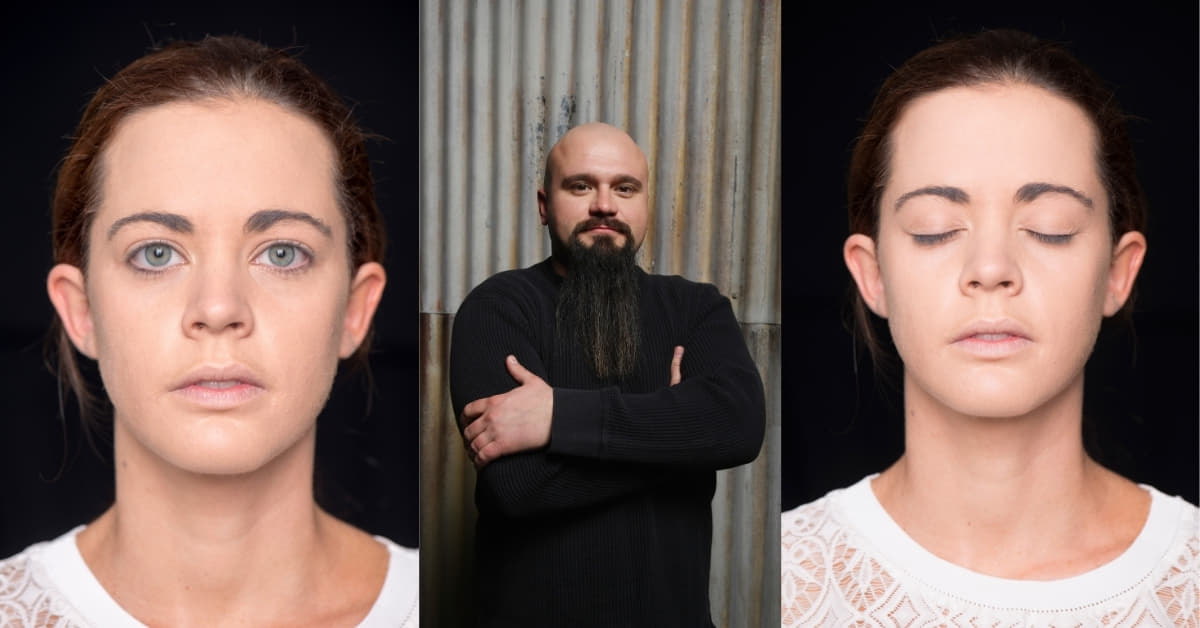In the realm of digital artistry, mastering Photoshop is a skill that can elevate your creative endeavors to new heights. One effective way to hone your Photoshop skills is by working with unedited portraits. This article will guide you through the process of using unedited portraits to practice Photoshop, offering valuable insights, tips, and techniques to enhance your editing prowess.
Why Unedited Portraits?
Unedited portraits serve as ideal canvases for Photoshop practice due to their raw and untouched nature. Working with unedited images allows you to explore various editing tools and techniques, providing a solid foundation for mastering the intricacies of Photoshop. Whether you’re a beginner or an experienced user looking to refine your skills, unedited portraits offer a versatile platform for experimentation and improvement.
Getting Started:
- Selecting the Right Image:
Begin by choosing a high-quality unedited portrait with good lighting and composition. A clear and well-exposed image will allow you to focus on refining your editing techniques without being hindered by poor quality. - Understanding Basic Tools:
Familiarize yourself with fundamental Photoshop tools such as the Crop Tool, Healing Brush, and Clone Stamp. Practice using these tools on your chosen portrait to enhance or modify specific areas while maintaining a natural look.
Techniques for Improvement
- Color Correction:
Learn to balance and enhance colors to create a visually appealing image. Experiment with adjusting saturation, contrast, and temperature to achieve the desired mood and tone. - Retouching and Skin Smoothing:
Practice retouching techniques for blemish removal and skin smoothing. Achieve a polished and professional look without sacrificing the authenticity of the portrait. - Background Manipulation:
Explore background removal, replacement, or manipulation to change the overall atmosphere of the image. Mastering these techniques adds a creative dimension to your editing skills. - Adding Filters and Effects:
Experiment with filters and effects to give your portraits a unique style. From vintage tones to modern aesthetics, the possibilities are endless.
FAQs
How do I choose the right unedited portrait for practice?
Look for high-resolution images with good lighting and composition. Ensure the portrait aligns with your editing goals, whether it’s color correction, retouching, or background manipulation.
What are the essential Photoshop tools for portrait editing?
Fundamental tools include the Crop Tool, Healing Brush, Clone Stamp, and tools for color correction. Understanding these tools is crucial for effective portrait editing.
How can I maintain a natural look while editing portraits?
Practice subtlety in your edits. Avoid excessive retouching and adjustments, ensuring that the final result looks authentic and true to the original image.
Can I use unedited portraits for commercial purposes after editing?
It depends on the image’s licensing. Ensure you have the right to use and distribute the edited image, especially if it will be used for commercial purposes.
Conclusion
Practicing Photoshop with unedited portraits is an excellent way to enhance your editing skills and unleash your creative potential. By following the tips and techniques outlined in this guide, you’ll not only improve your proficiency but also develop a keen eye for detail and aesthetics. Embrace the journey of transforming unedited portraits into captivating works of art with the power of Photoshop.
This page was last edited on 25 February 2024, at 11:56 am
